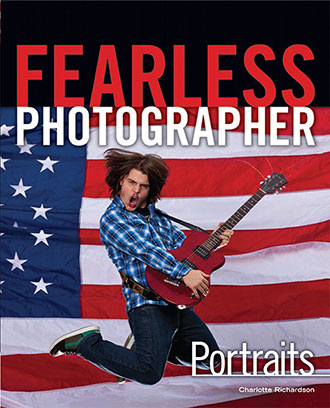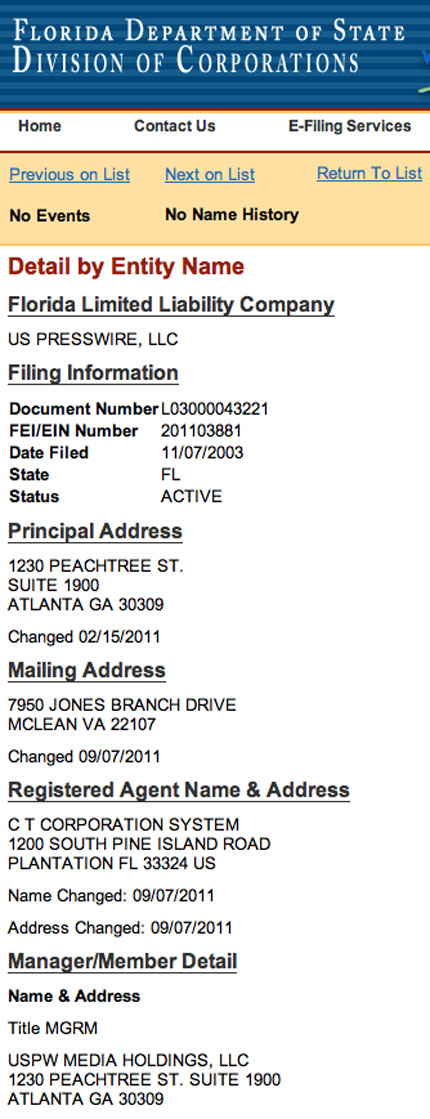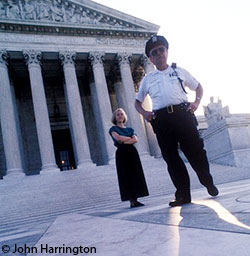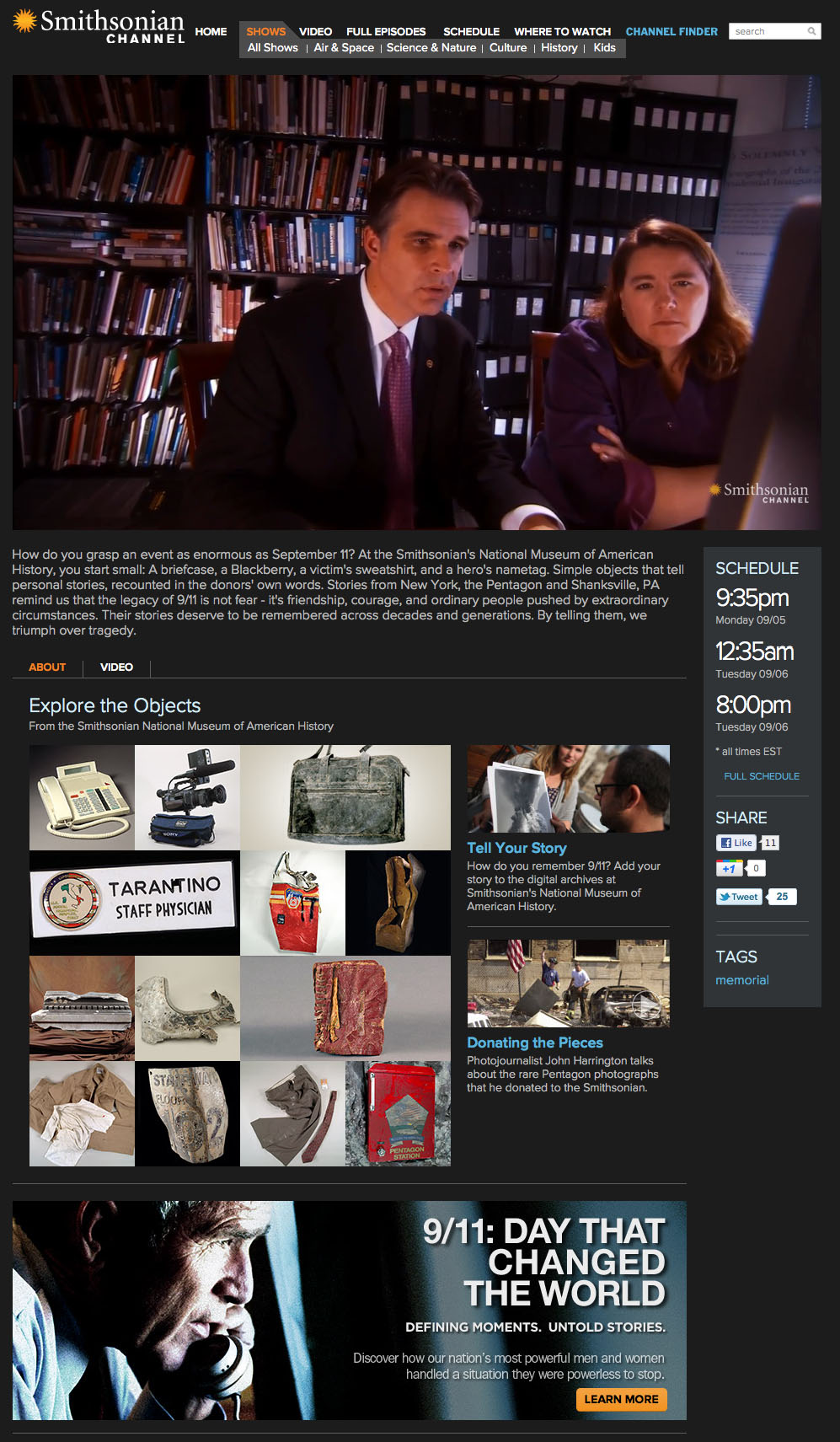The Legitimacy of Schools Teaching Photography

Photo District News, about a month ago, posited the question "The Art Institutes: Legitimate Photo Schools or Accessories to Fraud?", and as someone who's been a guest speaker in their business classes, and given the commencement address at their 2009 graduation in Washington DC, I was a bit surprised. I know of many schools that couldn't care less about the future success of their freelance graduates, which seems a bit self-defeating since these students therefore have a diminished capacity to pay back their student loans. Yet, in the end, the school isn't taking the loss on the unpaid loans, it's the student, or the taxpayer/lending institution. I do know that the Art Institute of Washington takes very seriously the graduated success of its' students, and I suspect that mindset carries over to their other schools as well. "Fraud" is surely not a word I would use to characterize the AI schools when it comes to teaching photography students.
In 2008, Brooks Institute resolved a multi-year issue whereby, according to the Ventura County Reporter (here) "...emerged victorious early this year over charges that prospective students were attracted to enrolling there with guarantees of gainful employment post-graduation." Yet others are continuing to make further claims, which will likely result in further losses for students. I know that Brooks turns out exceptionally talented photographers (from a creative standpoint) and that they also teach business skills. It would stand to reason that a Brooks graduate could be skilled enough to start out their career taking well-paid photography assignments, and, if managed right, could be highly successful. Yet, if creatively talented photographers don't focus on business, or don't have the business acumen to succeed, they will likely fail, despite their talent.
I can't imagine the irresponsibility of a school sending a graduate off with a diploma and degree without a skill so key as business. The bigger issue is new graduates entering the marketplace with rose-colored glasses, wholly unprepared for the reality of the photography market in the 21st century.
In the end, we find our markets dilluted with hungry idealistic photographers being churned out only to find there isn't a marketplace to bear them.
Why is that?
They're educated, regardless of social position. They're smart(er), they're more savvy, and by default, artistically talented. Yet, being a photographer - having the drive and passion to create visually stunning images, is not enough for you to survive as a photographer. There is a critical need for techical and business saavy for all photographers. Setting the camera on "Program" and hoping for the best, isn't the solution, nor is ignoring the pile of bills and thinking the elves in the middle of the night will pay them and send out your invoices.
So, what's to be done? The original school of thought of the wise photographer, was that, at some point, starry eyed students would flock to institutes of higher learning under the promise of education leading to higher dollars in our profession.
According to the US Department of Labor's Bureau of Labor Statistics, (here) , "Median annual wages of salaried photographers were $29,440 in May 2008. The middle 50 percent earned between $20,620 and $43,530. The lowest 10 percent earned less than $16,920, and the highest 10 percent earned more than $62,430."
Lots of people graduate, and think things will be handed to them on a silver platter, and then get upset when succeeding as a freelancer requires....oh yeah....work! For those of us in the industry, work is just not enough. We are faced with a new dynamic. Gone are the days of a picture being worth an average of almost $1k ( the average stock license, according to a Getty report several years ago).
Where is that yellow brick road? Or, to cite a well-known book "Who Stole My Cheese?"
The US Department of Labor says about photographers (here):
"Most photographers spend only a small portion of their work schedule actually taking photographs. Their most common activities are editing images on a computer—if they use a digital camera—and looking for new business—if they are self-employed."That's right, most self-employed photographers spend most of their time looking for new business.
The DOL goes on:
"Photography courses are offered by many universities, community and junior colleges, vocational-technical institutes, and private trade and technical schools. Basic courses in photography cover equipment, processes, and techniques. Learning good business and marketing skills is important and some bachelor's degree programs offer courses focusing on them."SOME? Seriously? Some?!?!
And the DOL goes on...
"Photographers who operate their own business, or freelance, need business skills as well as talent. These individuals must know how to prepare a business plan; submit bids; write contracts; keep financial records; market their work;"...and on....
"Those who succeed in landing a salaried job or attracting enough work to earn a living by freelancing are likely to be adept at operating a business and to be among the most creative."It's remarkable that only "some" schools are teaching the business side of photography, when clearly almost all of the graduates who end up being photographers will be freelance, and thus, operating their own businesses. It seems to me, that it's a dereliction of a responsible school to not teach the business skills necessary to succeed.
Is the problem education?
Those in the marketplace have done substantial damage to the value of images and assignments. This isn't the schools' problem, it's the problem of the marketplace, and, the community.
Hmmm, let's think about that. newspapers are downsizing at the same time their ad revenue is up. Why? well, it's because of an expectation of free, thanks to the internet. That genie has left that bottle.
There are no magazines, newspapers, or, really, other publications that don't use photography (or illustrations.) The reality is that photography IS worth something - a lot - dare I say, a thousand words? We are so used to getting everything for free, we expect everything to be free - the content we view, CNN, etc. We are perpetuating a cycle of free that is now bleeding over to our own bottom line. You should be paying for your news, for example. A major part of the problem is that people think photos should be free, and they should not. Our images make or break most magazines, ads, and so on. A pair of jeans sells on the strength of the ad campaign. A president is elected on the strength of the photojournalism surrounding his campaign. Public opinion is formed on our wars overseas by the pictures that come out of those events. And, your wedding day was a success after the dust was settled if your wedding album is fabulous. You don't remember having the good time - you rely on the photographs to show you that you did!
Is there a responsibility for full disclosure? This is full disclosure.
- - if you continue to pay photjournalists $200 an assignment and they lose all their rights...this is not a sustainable business model.
- - Photography licensed with huge rights being granted at $1. This is horrible for the profession.
- - Magazines who make tons off advertising are not paying rates commensurate with what they paid even 10, 20, or 30 years ago, yet for almost all of them, ad rates have increased even within the past 5 years. Mark Loundy, who writes the Common Cents column for the NPPA's News Photographer magazine, reports in this month's Common Cents (here) - "If you've seen Sports Illustrated's "Leading Off" feature of full-bleed double-truck images you know how impressive they are and how important the magazine clearly considers them. Just not in the iPad version of the magazine, for which they pay a whopping $50." In that same column, Mark (who was a technical editor on my book) notes that even his optometrist never learned business skills during his time in school. Sheesh!
It's becoming all too common for images to be free, or next to free. Pictures make things happen. The PDN article cites several examples of students who feel wronged by the recruiters, and I am sure there are more bad-apple recruiters at other schools as well - that issue isn't limited to AI recruiters (if they were at all misleading) - not by a stretch. I see nothing wrong with a recruiter citing an income level of $62,000+ as something that is possible when selling their education - it's a real figure from the US Department of Labor. I also see nothing wrong with, say, Brooks Institute surveying their graduated photographers and learning their income levels of, say, $75k (or more) and then citing that, as well as citing that their graduates earn above the top government estimates for income. Whether this has happened or not, I can't say, but it wouldn't surprise me, and would be a reasonable marketing approach.
People coming out of the doors of higher learning instutions must say no when a bad deal is offered. Good professors that I know of have saved more than one student from giving their work away, by teaching them the value of their work. In fact, I know of some professors who, when someone comes-a-callin' to a photo school for photo students to complete an assignment, will lecture the person calling about that attitude, and won't turn over unreasonable requests to their students.
Make no mistake about it, schools - all schools - need to be profitable. Just because, say, the Art Institutes, or Brooks, make a profit, or are a part of a for-profit business model, isn't evil. Profit isn't a four-letter word. Further, state-run universities, and private schools like, say, American University, all make some form of profit. If a school has a class with insufficient attendance, or a degree that's not generating enough students to make it cost-justifiable, they cancel the class, or the program.
All schools that teach photography should have a responsiblity to teach the business side - the core - you are a business and you are worth the money you are going to make. in the same way that somebody who gets a law degree charges for their time. Regardless of the countless styles of photography, the countless genres (wedding, pj, commercial, portraits, etc etc etc) the one core requirement is how to operate their business.
Does this guarnatee the pot of gold? no, but we as a community are to blame for the dwindling prosperity prospects.
There is no photographers union, and there never will be. While we have trade associations that do all they can, until we have photographers en masse who not just say no to bad deals, and not just focus on their own business skills, but also take on the roll of helping those around them be better about business. There is a critical need for a new generation of photographers - visionaries who can make a difference - whether they come to us through an institute of higher learning, or as an apprentice of an experienced photographer, they are a necessity. We as a society need to understand and recognize the worth of the photograph, and those who create it - they are a business, we are a part of an industry. We need health insurance. We take vacations. We want a retirement plan and a good standard of living.
Hard work doesn't guarantee success. There are no guarantees in life but death and taxes. If you're such a poor business person that you don't even earn enough to pay taxes, then your only guarantee in life is death, in poverty. Good luck with that.
Please post your comments by clicking the link below. If you've got questions, please pose them in our Photo Business Forum Flickr Group Discussion Threads.







